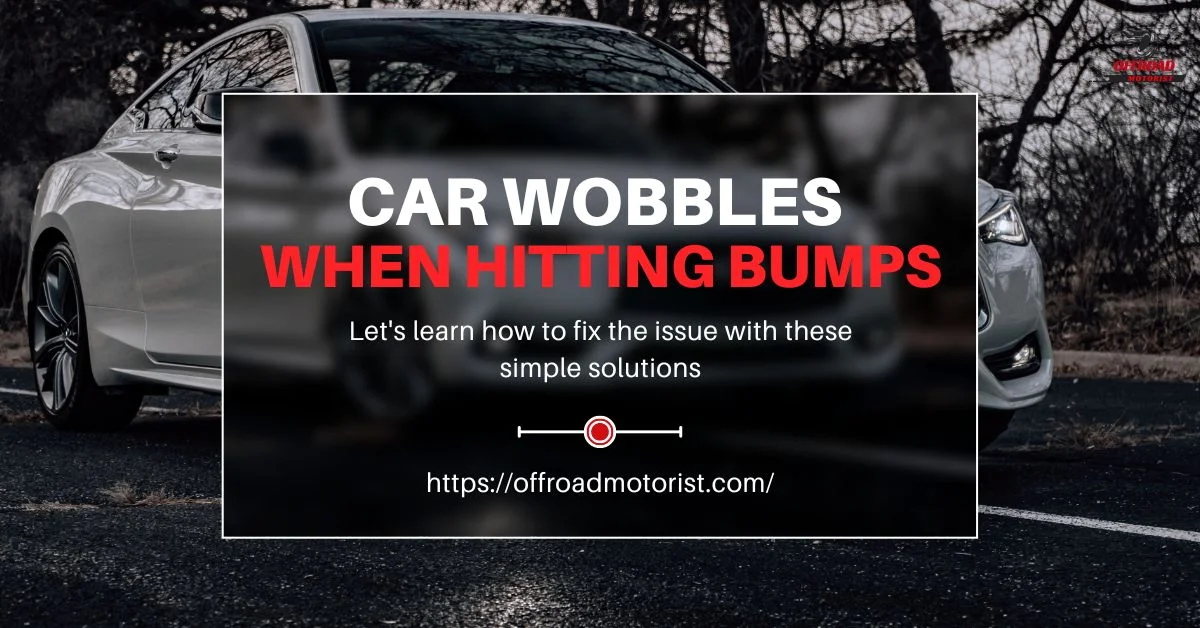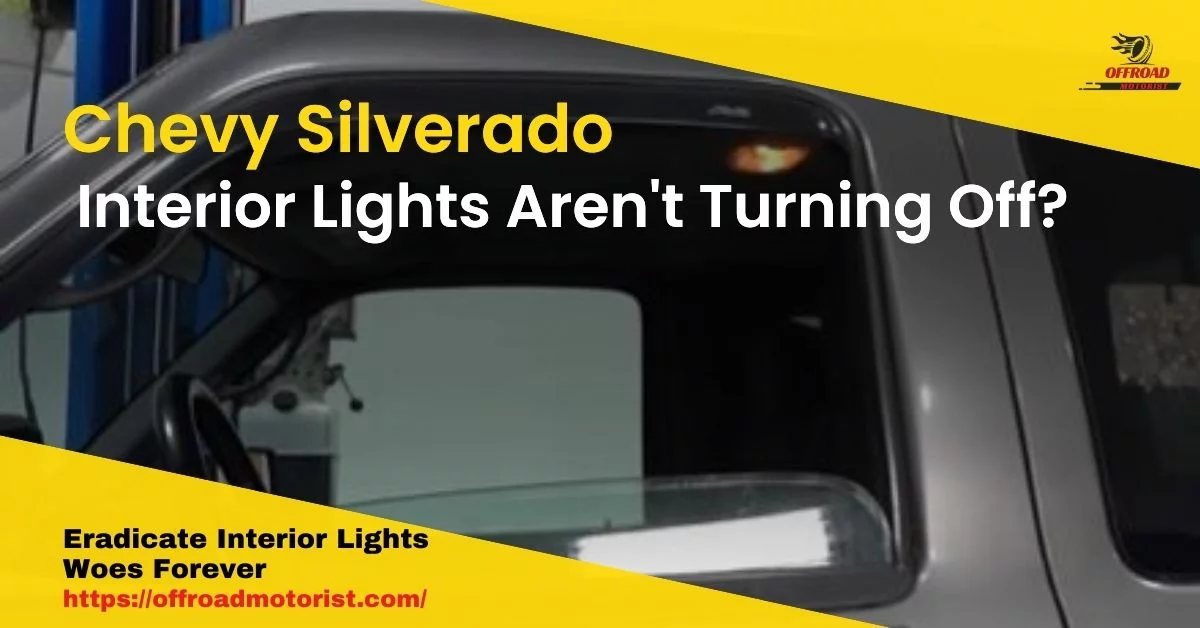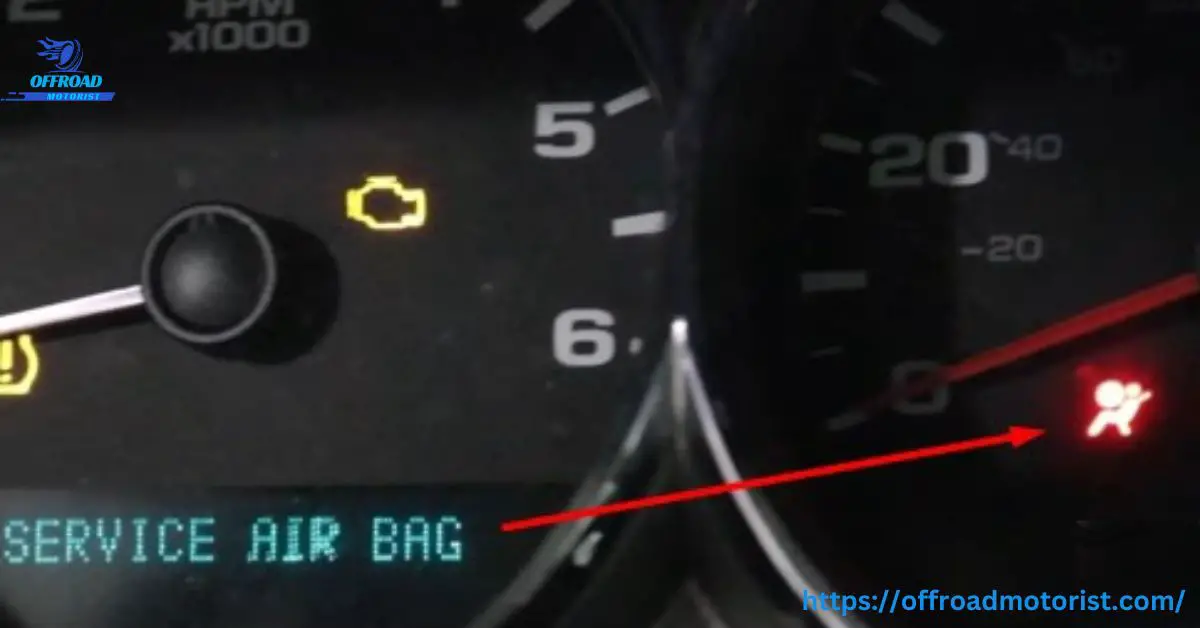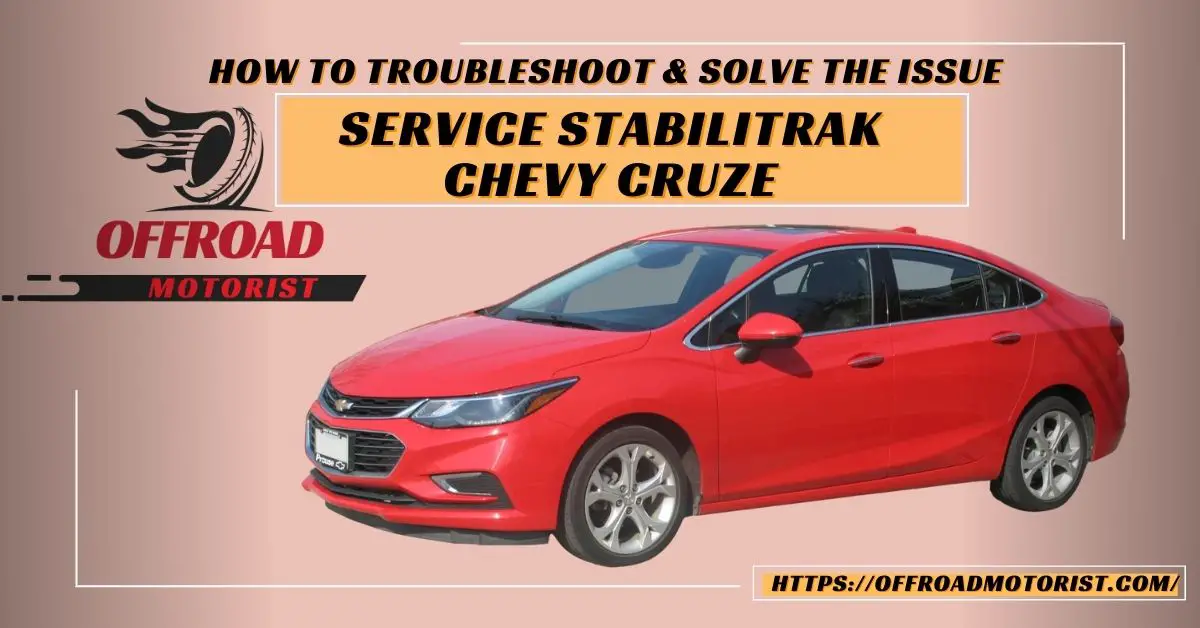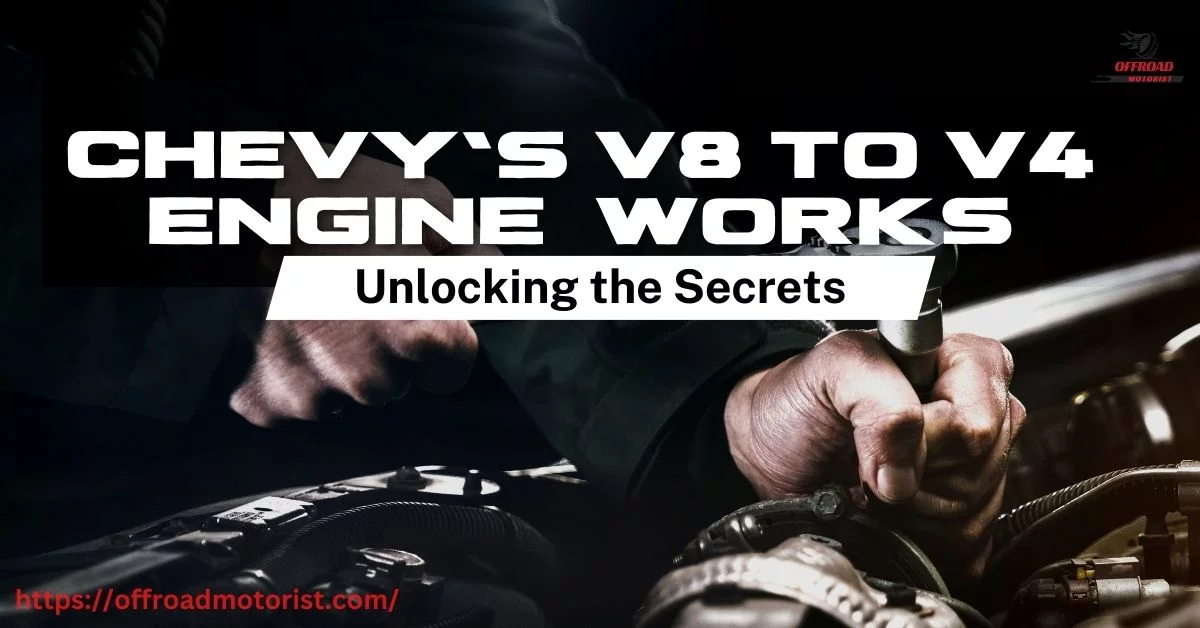Chevy Tahoe Wont Shift Out Of Park? 5 Instant Fixes
You are sitting in your driveway, engine running, ready to leave, but the gear selector refuses to budge. It feels like the shifter is welded in place, and forcing it feels like you might snap the plastic handle right off. It’s frustrating, but don’t call a tow truck just yet.
A Chevy Tahoe stuck in park usually stems from a faulty brake light switch, a blown interlock fuse, or a failed shift interlock solenoid. These safety components physically block the gear selector from moving until the brake pedal is fully applied.
Before you spend hundreds at a shop, here is exactly how to diagnose the failure and bypass the lock to get moving again.
Real World Data: Why This Happens
I’ve worked on GMT800 (2000-2006) and GMT900 (2007-2014) platforms for years. The “stuck in park” issue is almost a rite of passage for these trucks once they hit the 120,000-mile mark. While it feels mechanical, the root cause is electrical 90% of the time.
Frequency of Causes
Based on repair logs and forum data from verified owners, the culprits aren’t evenly distributed. You are likely dealing with a simple switch failure.
| Component Failure | Probability | Est. Repair Cost (DIY) |
|---|---|---|
| Brake Light Switch | 45% | $15 – $30 |
| Shift Interlock Solenoid | 30% | $40 – $80 |
| Blown Fuse | 15% | $1 – $5 |
| Broken Shift Cable | 5% | $60 – $100 |
| Other (Pawl/Battery) | 5% | Varies |
The “Click” Test
You can diagnose this in ten seconds without tools. Turn the key to the “ON” position (engine off). Press the brake pedal. Listen closely near the steering column. Do you hear a distinct “click” sound?
That sound is the solenoid disengaging the lock pin. If you hear the click but it won’t shift, it’s a mechanical linkage issue. If you hear silence, it’s electrical (switch, fuse, or solenoid).
Fix #1: The Brake Light Switch
This is the most common point of failure. The Brake Transmission Shift Interlock (BTSI) system relies on a signal from your brake pedal to release the shifter. If the switch is dead, the truck thinks you aren’t pressing the brake.
Diagnosing the Switch
Have a helper stand behind the vehicle. Press the brake pedal firmly. Do the brake lights illuminate? If the brake lights are dead (and the bulbs are fine), the switch is the problem. Sometimes the switch fails intermittently, so wiggle the pedal and see if the lights flicker.
Replacing the Unit
On most Tahoes (2000-2014), the switch is located directly above the brake pedal arm.
- Step 1: Remove the lower dash panel (usually two screws or clips) to see the pedal assembly.
- Step 2: Locate the switch attached to the pedal arm. Unplug the electrical connector.
- Step 3: Remove the retainer clip. On some models, the switch twists out; on others, it slides off a pin.
- Step 4: Install the new unit. Note that these switches are often adjustable or self-adjusting. You might hear a ratcheting sound as you install it—that’s normal.
It’s a 15-minute job that saves you a diagnostic fee at the dealer.
Fix #2: Blown Fuses and Wiring
Before you start ripping apart the steering column, check the fuse box. A 50-cent fuse can immobilize a 6,000-pound SUV.
Which Fuses to Check?
Open the instrument panel fuse block (usually on the driver’s side dash, accessible when the door is open). You are looking for specific labels depending on your model year:
- “BTSI” Fuse: Stands for Brake Transmission Shift Interlock.
- “STOP” or “VEH STOP” Fuse: Controls the brake lights.
- “B/U LP” Fuse: Back-up lamps sometimes share the circuit.
Pull them out and look at the metal filament. If it’s broken or black, replace it. If the fuse blows again immediately, you have a short circuit in the wiring.
Checking for Broken Wires
Look at the wiring harness near the brake pedal. Over time, your foot hits these wires, or the tilting steering column stretches them. Inspect for any frayed copper or disconnected plugs.
Fix #3: The Shift Interlock Solenoid
If your brake lights work and your fuses are good, the solenoid itself is likely dead. This is the electromagnetic pin that physically stops the shifter from moving.
Accessing the Steering Column
This job is harder than the brake switch but totally doable. You need to remove the plastic “clamshell” covers around the steering column.
- Tilt the wheel: Move the steering wheel to its lowest position.
- Unscrew the lever: If you have a tilt lever, you might need to unscrew it.
- Separate the halves: The top and bottom plastic covers are usually held together by clips or Torx screws from the bottom. Carefully pry them apart.
Replacing the Actuator
Once the cover is off, look for a small cylinder with a white or black plastic plunger near the base of the shifter handle. That’s the solenoid. When you press the brake, that plunger should retract.
If it doesn’t move, you can verify it’s dead by checking for voltage at its connector with a multimeter. If it has power but doesn’t move, buy a replacement. To swap it, depress the locking tab, slide the old one out, and click the new one in.
Emergency Override: How to Move It Now
If you are stranded at a gas station, you don’t care about solenoids. You just want to get home. You need to perform a manual override.
The “Key in Slot” Method (Older Models)
Some older GM vehicles have a small slot near the shifter. You can insert a key or a screwdriver into this slot to manually push the lock pin down. However, most Tahoes (especially GMT900s) hide this mechanism.
The “Boot” Method (Column Shift)
If you have a column shifter and no obvious slot:
- Engage the parking brake: Do not skip this. The truck will roll once out of park.
- Turn the key: Turn the ignition to the “RUN” position (engine off) so the steering wheel unlocks.
- Remove the boot: Pull the rubber boot on the gear shift lever back towards the handle.
- Find the plunger: Look inside the mechanism where the lever meets the column. You should see a small pin or plunger.
- Push the pin: Use a small screwdriver or your finger to push that pin down or back (direction varies by year). While holding it, pull the shift lever into Neutral.
- Start the truck: Once in Neutral, start the engine and shift into Drive.
Note: You will have to repeat this every time you put the truck in Park until you fix the part.
Mechanical Failures: Cables and Bushings
Sometimes the electronics are fine, but the physical connection between the lever and the transmission is broken. This usually feels different—the shifter might feel incredibly loose, “floppy,” or disconnected.
Loose Shift Linkage
Under the truck, on the driver’s side of the transmission, the shift cable connects to a metal arm. The bushing that holds the cable to the arm is made of plastic. It gets brittle and snaps. If this happens, moving the lever inside the cab does nothing to the transmission.
The Fix: Crawl under the truck. If the cable is dangling, pop it back onto the ball stud. You can secure it temporarily with a zip tie to get home, but buy a bushing repair kit ASAP.
Stretched Shift Cable
If the cable is stretched, the truck might not fully enter Park mode, even if the lever says “P”. This puts tension on the system and can make it hard to pull out of Park later. Adjusting the cable tensioner (located on the cable bracket under the truck) fixes this.
Parking on Hills: The Torque Lock Issue
Did you park on a steep incline without using the parking brake? You might be experiencing “Torque Lock.” This isn’t a broken part; it’s the weight of the vehicle resting entirely on the transmission parking pawl.
How to Release Torque Lock
The parking pawl is jammed against the gear. To free it, you need to take the weight off the transmission.
- Get a push: Have another vehicle (or strong friends) push the Tahoe slightly uphill (bumper to bumper) just an inch or two.
- Shift immediately: While the weight is off, pull the shifter out of Park.
- Prevention: Always set the parking brake before releasing the foot brake when parking on hills.
My Experience: When to Call a Pro
I usually encourage DIY fixes for Tahoes because they are easy to work on. However, there are two scenarios where I recommend seeing a specialist.
First, if you suspect the issue is inside the ignition cylinder itself. The ignition switch talks to the shift lock. If your key is also getting stuck or the truck has starting issues, the electrical diagnosis gets complex fast. You need a wiring diagram and patience.
Second, if the transmission cable is snapped internally or frayed inside the sheath. Replacing the entire cable requires snaking it through the firewall and under the carpet. It’s a miserable job if you don’t have a lift.
Frequently Asked Questions
Can I drive with a bad shift interlock solenoid?
Yes, but it is annoying. You will have to use the manual override method every time you want to drive. It does not affect the transmission’s ability to shift gears while driving, only the release from Park. It is unsafe to leave it broken long-term because a child could knock the truck out of gear without the brake depressed.
Why does my Tahoe shift out of park when the engine is off but not when on?
This is a classic symptom of a voltage issue or a specific failure mode of the ignition switch. When the key is in the “Accessory” position, the safety protocols are sometimes different than in the “Run” position. It suggests the mechanical lock is working, but the electrical signal is getting crossed when the system is fully powered.
Does low transmission fluid cause the shifter to stick?
No, low fluid will not physically lock the shift lever in Park. Low fluid causes slipping gears or delayed engagement once you are moving. The “stuck in park” issue is almost exclusively a linkage or safety-lock issue.
How much does a dealer charge to fix this?
A dealership will typically charge one hour of labor for diagnosis ($150+) plus the repair. If it’s the brake switch, expect a bill around $250. If it’s the solenoid inside the steering column, labor costs rise because of the disassembly time, often pushing the bill over $500.

